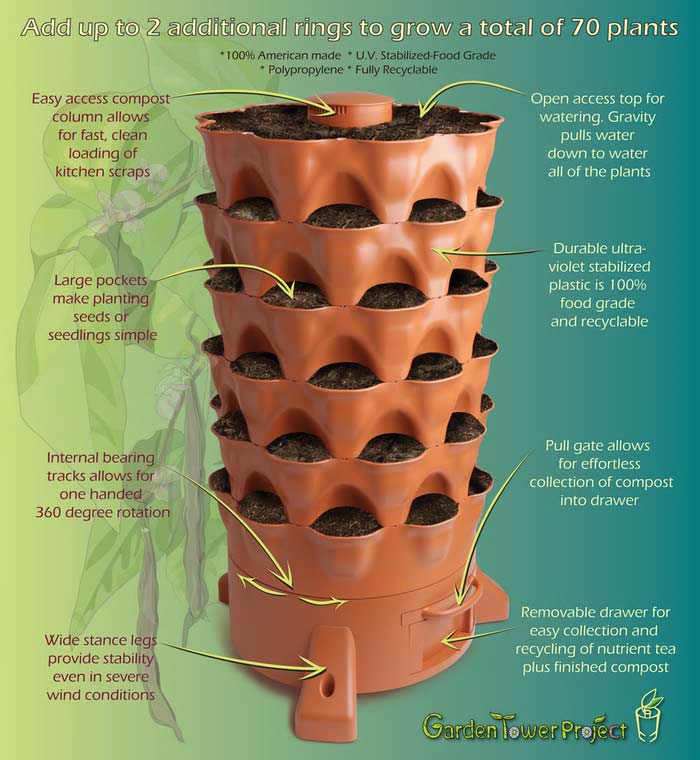PH problems
by Dale Robinson
(Oklahoma)
I put my worms in a windrow for the winter. A farmer gave me some cantaloupes of various degrees of ripeness.
I piled them about a foot deep on one side of the windrow and covered with shredded paper and compost.
I had a flood of fluid at one point and put down coir blocks to absorb the excess fluid. I have since added a layer of green leafs paper and compost as well as distributing the coir across the pile.
I also have a 40 ton pile of castings in a separate pile that were PH 7 when they were piled up. I checked the city water for PH and found that to be about 6.5.
I have been watering both piles with the city water for about 3 months. Now both piles PH out about 3-4. I have spread garden lime on them. I have also used builders lime to PH the city water to 7.5 to water the piles.
Questions.
What is a safe way to raise the PH?
How will the PH changes affect the bacteria and chemical make up?
Where did the acid come from?
Is it cumulative from the city water?
Will ammonia be released and kill the living organisms if the PH is adjusted too fast?
Comments for PH problems
|
||
|
||
|
||











